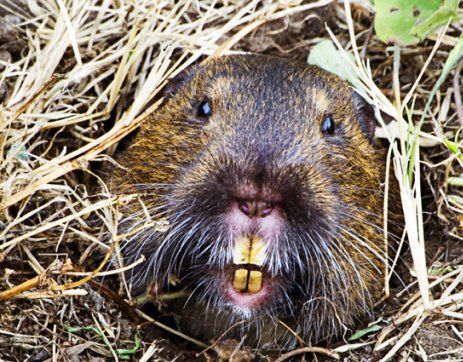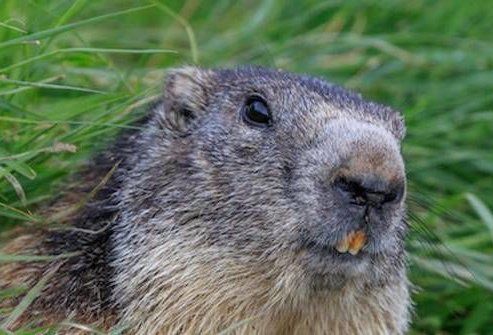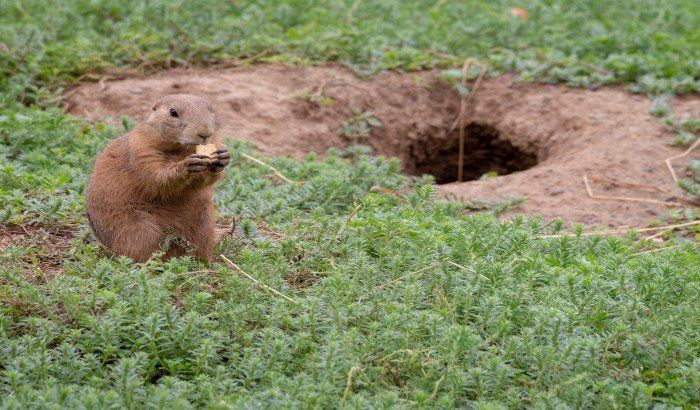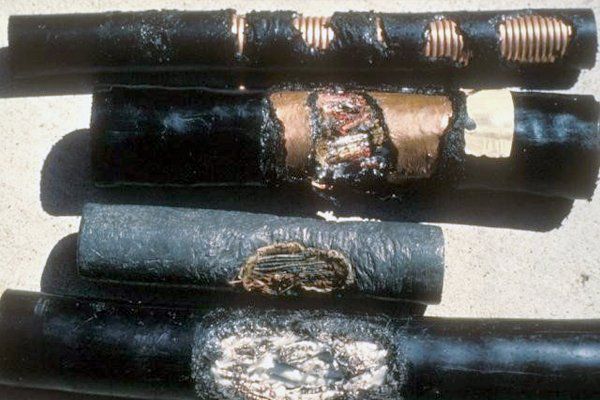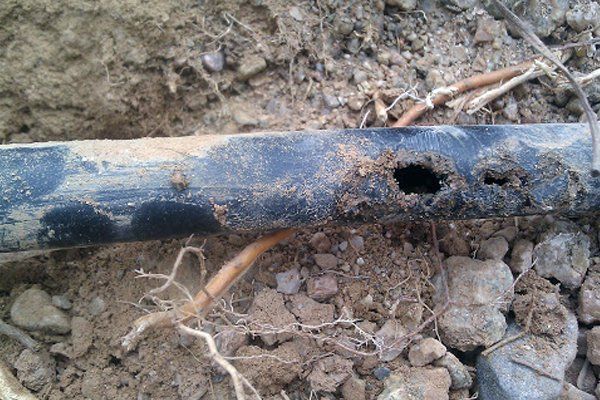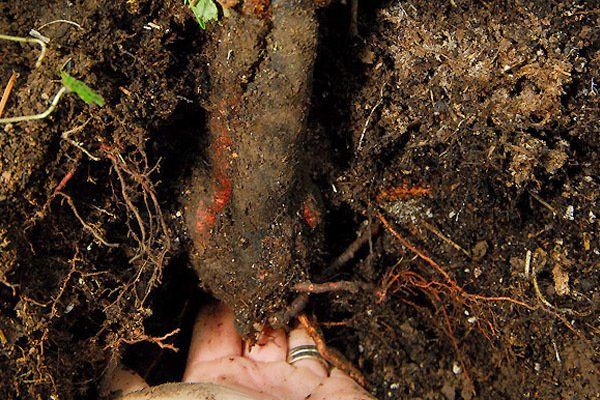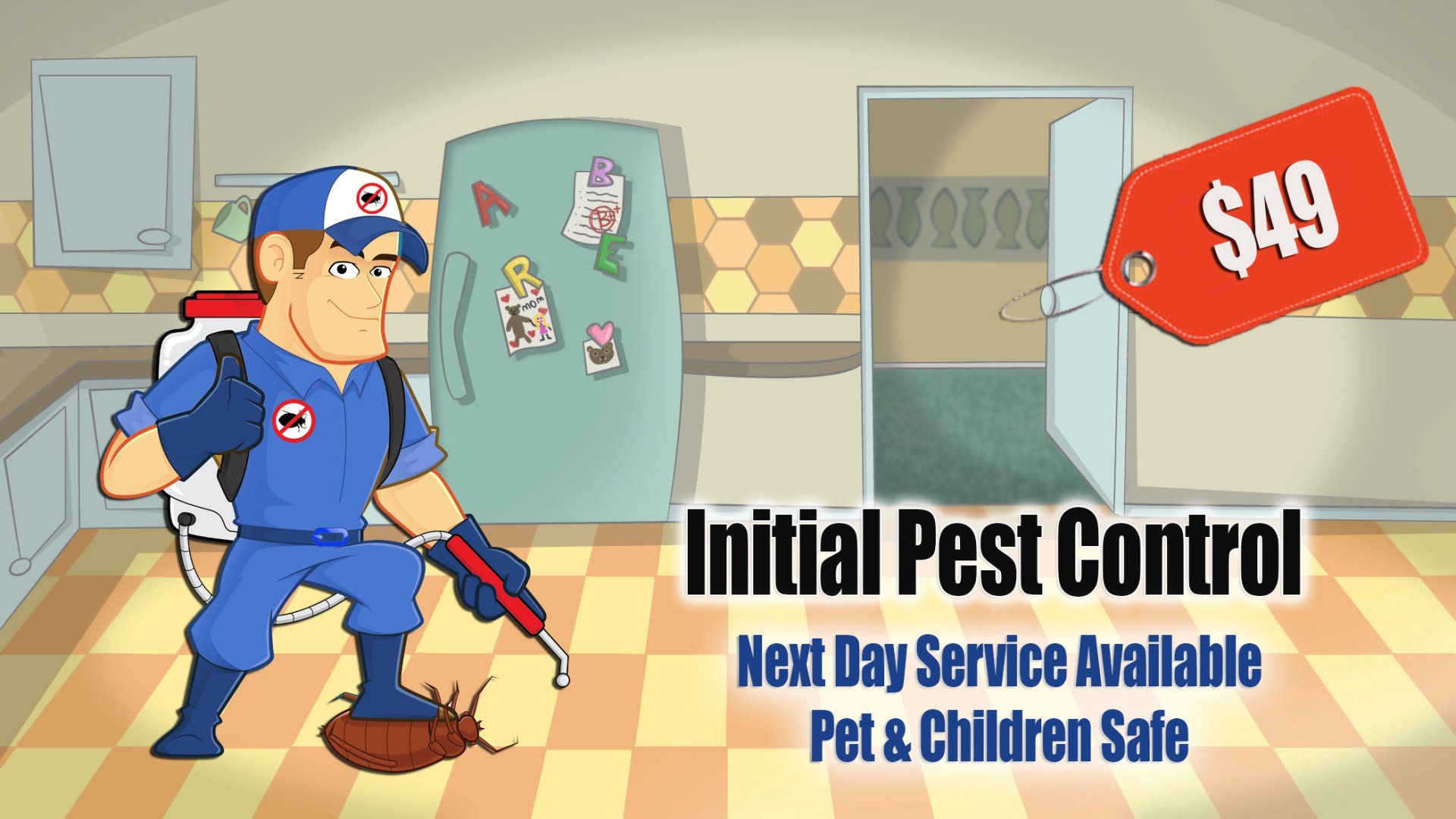
Initial Pest Control Deal
$49 Initial Pest Control Service
- Next Day Pest Control Available
- Pet & Children Safe
Satisfaction Guaranteed!
We provide outstanding customer service.
Call 480-485-9739
Valley Wide Commercial & Residential Pest Control Services Available!
Central Phoenix:
South Valley:
North Valley:
East Valley:
West Valley:
WHAT ARE GOPHERS?
HAVING TROUBLE WITH GOPHERS?
Gophers are fossorial rodents known for their fur-lined cheek pouches that are used for transporting bits of plant food that they gather while foraging underground. Their bodies are adapted to their burrowing lifestyle including clawed front paws for digging, small eyes and ears, and sensitive whiskers and tails. They have the ability to close their lips behind their long incisors so they can use their teeth to loosen soil without getting any dirt in their mouths. Gophers range in size from 5 – 14 inches.
In AZ, the most common type is the Botta's or Valley Pocket Gopher. These gophers are found throughout Arizona in most any habitat where sufficient amounts of tuberous roots and other plant material are available and the soil is suitable for digging tunnels.
Gophers are most active during the spring and fall months, and their tunnels are 4-18 inches below the surface.
For Immediate Attention
480-485-9739
What is the Gophers Habitat?
The preferred habitat for gophers is sandy soil with edible plant cover. Lawns and crop fields are the preferred homes of these medium sized rodents and ravenous gophers can leave unsightly dirt mounds in yards, while feeding on ornamental garden plants. Gophers are a beneficial part of the ecosystem, in their native range such as the great plains region. The move large amounts of soil on a yearly basis which helps to aerate the soil. The tunnels they bore serve to capture snowmelt and rainfall that would otherwise run over the soil surface and cause erosion while their abandoned tunnels provide habitat for a number of other species and the waste fertilizes the soil.
That being said, your back yard may create the perfect habitat, but they can cause unwanted damage.
What is the Gophers Diet?
Above ground plants, roots and tubers provide all the nutrients needed by these vegetarian rodents. Their teeth are well adapted for their specific diet. They have flattened molars and premolars for grinding vegetation and ever- growing incisors to compensate tooth wear from chewing on hard gritty materials.
Money Back Guarantee
If the Gophers Come Back, So Do We, Free of Charge!

For Immediate Attention
480-485-9739
Getting rid of the Gophers!
If you want to turn back the clock on the rodents that have taken over your yard, then
Overson Pest will work hard to keep your property safe. We use different methods to remove rodents quickly and humanely, so that you can go back to enjoying your summer. Contact us now for a detailed plan and estimate.
Schedule A Call for a FREE QUOTE:
This is Gopher Damage!
What Kinds of Damage can Gophers do?
Gophers are considered solitary but if you allow gophers to stay and habituate your yard, one single gopher can build over 200 plugs (mounds) a year. It’s quite common foe gophers to destroy underground utility cables or piping, eat rooted plants and contribute to soil erosion.
Structural damage caused by pocket gophers includes the destruction of underground utility cables and irrigation pipes. Tunnels made by pocket gophers in banks of ditches and earthen dams can weaken structures, causing loss of water, piping through, and complete loss of a bank.
Landscape Damage
The different parts of plants that pocket gophers consume will vary with the seasons. During the growing seasons, when the vegetation is green and succulent, pocket gophers consume above ground vegetation. Vegetation height and density during this time of year may offer protection from predators and reduce the risk of short surface trips.
Damaged trees from root pruning, stem girdling and clipping, and possibly root exposure caused by burrowing is also caused by pocket gophers. Roots are a major source of food for pocket gophers, especially in the fall and winter months.
Gophers clip the roots of seedlings. If trees fail to thrive, then they may have sustained severe damage to the root system.
Habitat alteration/destruction by pocket gophers comes in the form of direct consumption of vegetation, smothering of forage by earthen mounds, and change in species composition on rangelands by providing seedbeds (mounds) for invasive annual plants. In irrigated areas, pocket gopher tunnels can cause the loss of water for surface irrigation.
Gophers that feed on tap-rooted plants may be killed or weakened. Vegetation and plants with several large roots rather than a single taproot will suffer less from pocket gopher feeding. Several types of ponderosa pines have natural resistance to damage by pocket gophers.

